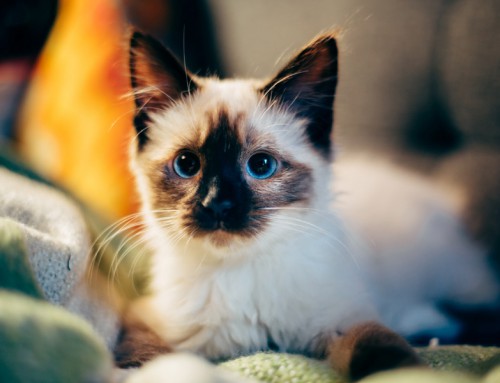Do dogs suffer from separation anxiety?“Because dogs are pack animals, it is believed they suffer from separation anxiety when left on their own for long periods. Symptoms can include barking, whining, howling, pacing, and chewing. Fortunately, separation anxiety can be treated with a combination of medication and behaviour modification.” |
Imagine this:
You go back to work and leave your new puppy or that you got for Christmas, or your old faithful four legged friend home alone after an extended period together.
Problem is, each day a feeling a dread hangs over you as you anticipate the destruction that awaits you. Chewing, scratching, barking, or “accidents” around the house. It wasn’t supposed to be like this was it? A dog in the family is supposed to be a fun, wonderful experience. But sadly this scenario can happen and can lead to a permanent break in the bond between you and your dog, often resulting in punishment, putting in a shelter or euthanasia.
Why does this happen?
One likely reason for such behaviour is separation related distress (separation anxiety). Symptoms can be barking, whining, howling, pacing, chewing at doors and windows and escape attempts. This can happen when the dog doesn’t have access to family members or his “pack”.
Diagnosis
Don’t assume. The signs can be caused by other medical or behavioural conditions. Speak to your vet, and get as much information as possible. Ideas for getting information could be to set up a webcam – this will help you see whether the dog is distressed or having the time of his life as he chews up the house! If barking is the problem, record it. Is it an “who’s walking past my patch” bark, or distressed whining and crying. Find out how often it happens, and whether there is a pattern – could it be a noise phobia, for example. Age can also be a factor – whilst it can happen with dogs and cats of any breed at any age, it is more common in older pets.
Treatment – the good news
The good news is that once diagnosed separation anxiety can be successfully treated . If severe the best results are achieved with a combination of behaviour modification and medication. The aim is to teach your dog to relax independently. The medication can just take the edge of anxiety. Speak to your vet to see if they can refer you to a behaviourist to assist.
Other things you can do to help, would be:
a) Avoid punishment. Dogs do not experience guilt or spite. Your dog is not getting even or punishing you. That guilty look is trying to appease you. Punishment will only add to anxiety and make the problem worse.
b) Make it feel at home. Leave a TV or radio on during the day. If your dog is outside consider a doggy door allowing access to the house.
c) Keep up the walks. Like people regular exercise definitely can help an anxious dog. However to avoid the association with you arriving home by delaying the exercise by 30 minutes or so.
d) Massage. Anxious dogs are tense and massage can help them relax physically.
Adapted from an article in Dogs NSW
To learn about insurance options for your dog, check out Petsecure.







Awesome post thanks! We think your posts are great and hope there’ll be more soon.
Thank you!
your posts are so informative and helpful. thank you so much!
Thank you Bob. I am pleased you appreciate our posts. We try very hard to keep them relevant to our audience.
Hi,
I would like to thanks for the efforts you have put in writing this blog. I’m hoping the same high-grade website post from you in the upcoming as well. In fact your creative writing abilities have inspired me to get my own blog now. Really the blogging is spreading its wings rapidly. Your write up is a great example of it.
Regards
Jim Fox
Thank you for your feedback Jim! We do try to make sure our articles are of a high quality and relevant to our readers. Kind regards, Liz
Thanks Liz, separation anxiety is a recurring issue in our household 🙁 great tips. Your top image explains it all 🙂 thanks again!